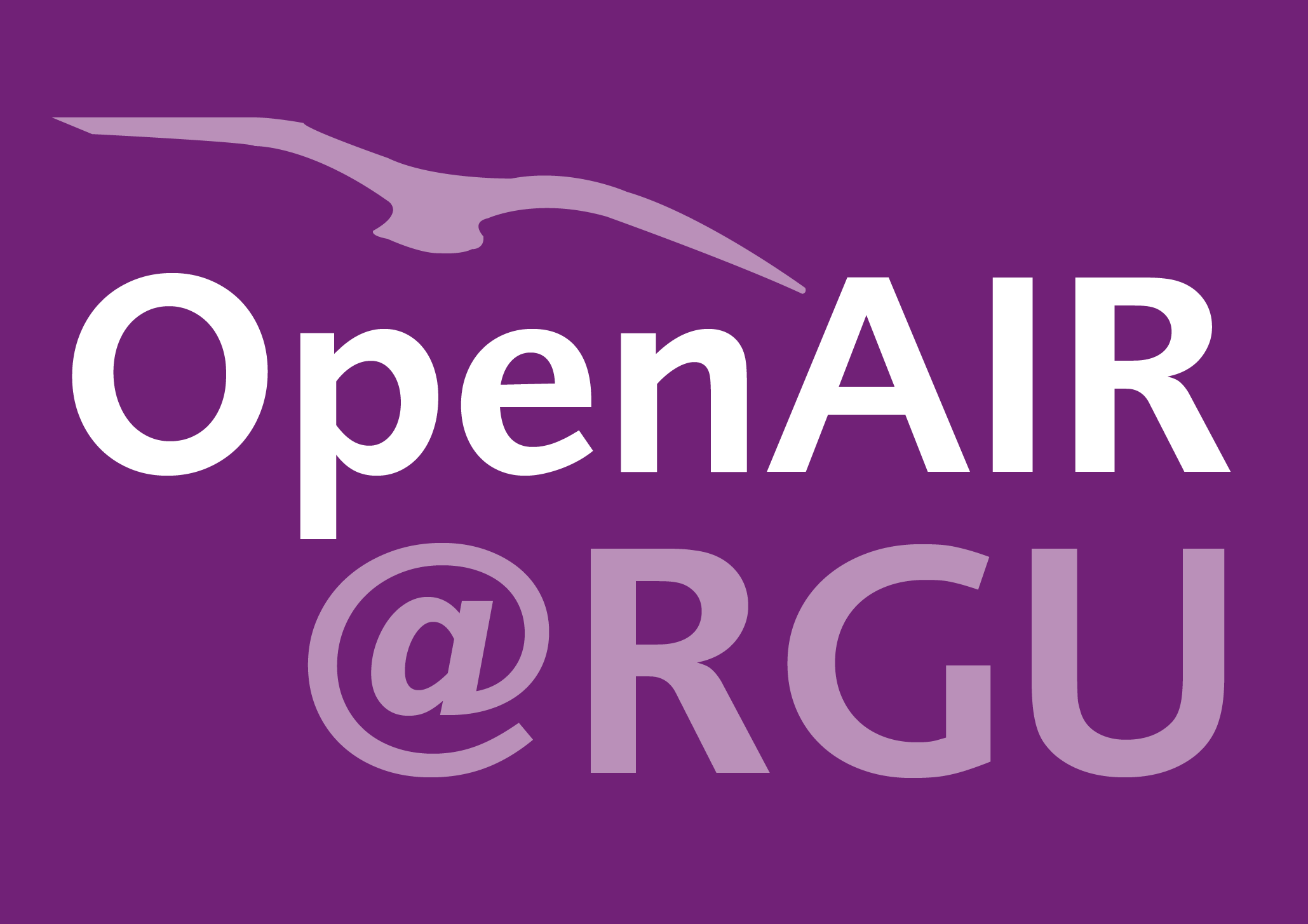Sammi Wilson
Development of a fixative protocol using formaldehyde and gluteraldehyde for preservation of microbial art on agar plates.
Wilson, Sammi; Law, Samantha P.; McEwan, Neil R.; Wright, Rebecca; Macaskill, Jenny S.
Authors
Abstract
Aims: Agar art bridges the gap between science and art using microbes instead of paint. Afterwards, the art can change in response to microbial fluctuation, meaning preservation of the original art is essential. Here, formaldehyde and glutaraldehyde were investigated as preservatives, involving techniques used in healthcare settings to preserve samples. Methods and Results: Formaldehyde was tested at 1.0%, 2.0% and 3.7%, w/v, whereas glutaraldehyde was tested at 1% and 2.5%, w/v. Both compounds and respective concentrations were tested for different time periods. Escherichia coli, Serratia marcescens, Staphlococcus aureus and Micrococcus luteus were used as bacteria for “drawing” the works of art. The effectiveness of fixation was determined using integrated densities and visual assessment. Initially, both compounds showed potential promise, albeit with a loss of bacteria. Ser. marcescens was prone to colour changes and glutaraldehyde caused discolouration of agar and bacteria. These could be caused by a pH decrease in the agar, due to residual free aldehyde groups. Reduction of this was tested using 300 mM sodium metabisulfite to neutralize excess aldehydes. This initially led to reduced bacterial loss and avoided colour changes, however measurements 24 h post-fixation showed colour loss to some bacterial clusters. Conclusions: Here, at least 2% formaldehyde for a short fixation period, typically 1min, depending on the species, was most promising for the preservation of art. Given the success of this with different bacteria, it would make a good starting combination for anyone trying to fix agar art, although methodology refinement may be needed for optimisation depending on the bacterial species used. Significance and Impact of Study: This study shows, for the first time, successful fixation and preservation of different bacterial species on agar. The impact of this is to preserve agar art while making it safe and non-infective to those in contact with the microbial art.
Citation
WILSON, S., LAW, S.P., MCEWAN, N.R., WRIGHT, R. and MACASKILL, J.S. [2022]. Development of a fixative protocol using formaldehyde and gluteraldehyde for preservation of microbial art on agar plates. Journal of applied microbiology [online], 133(2), pages 665-672. Available from: https://doi.org/10.1111/jam.15597
| Journal Article Type | Article |
|---|---|
| Acceptance Date | Apr 20, 2022 |
| Online Publication Date | Apr 27, 2022 |
| Publication Date | Aug 31, 2022 |
| Deposit Date | May 10, 2022 |
| Publicly Available Date | May 10, 2022 |
| Journal | Journal of Applied Microbiology |
| Print ISSN | 1364-5072 |
| Electronic ISSN | 1365-2672 |
| Publisher | Wiley |
| Peer Reviewed | Peer Reviewed |
| Volume | 133 |
| Issue | 2 |
| Pages | 665-672 |
| DOI | https://doi.org/10.1111/jam.15597 |
| Keywords | Fixation (Histology); Agar plates; Agar art; Bacterial art; Science and art |
| Public URL | https://rgu-repository.worktribe.com/output/1653015 |
Files
WILSON 2022 Development of a fixative
(1.9 Mb)
PDF
Publisher Licence URL
https://creativecommons.org/licenses/by-nc-nd/4.0/
You might also like
A systematic review on the role of wildlife as carriers and spreaders of campylobacter spp.
(2023)
Journal Article
Downloadable Citations
About OpenAIR@RGU
Administrator e-mail: publications@rgu.ac.uk
This application uses the following open-source libraries:
SheetJS Community Edition
Apache License Version 2.0 (http://www.apache.org/licenses/)
PDF.js
Apache License Version 2.0 (http://www.apache.org/licenses/)
Font Awesome
SIL OFL 1.1 (http://scripts.sil.org/OFL)
MIT License (http://opensource.org/licenses/mit-license.html)
CC BY 3.0 ( http://creativecommons.org/licenses/by/3.0/)
Powered by Worktribe © 2025
Advanced Search
